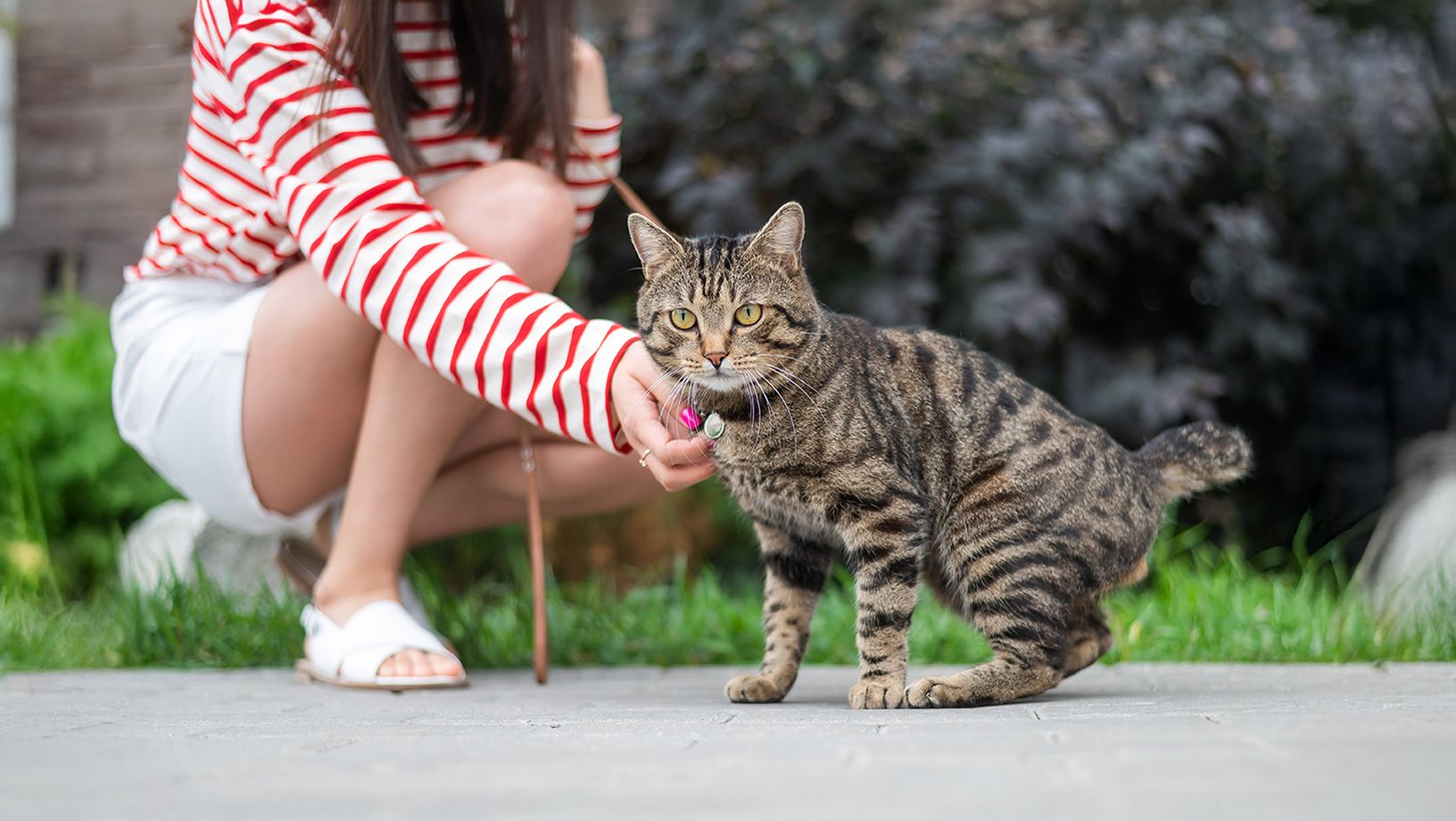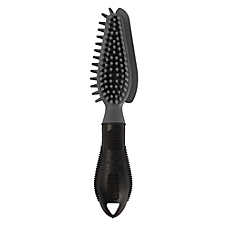How to Deal with Your Cat’s Hairballs

In this Article
What causes hairballs?
It’s no surprise that cats get hairballs like it’s part of their job.
Cats are way into grooming — they spend up to half of their waking hours doing it. In the process, they inadvertently swallow a lot of their own fur — some of which comes back up later.
Longhaired breeds like Persians and Maine Coons and cats who are extra-active groomers, tend to have more of these icky wads of undigested hair that vets call trichobezoars. No wonder cat lovers just call them hairballs (even though they are generally an inch-long and tend to be tubular in shape.)
It’s normal for your kitty to cough up hairballs as often as every week or two and they may be more common in warmer weather when cats shed their winter coats. But too many hairballs can lead to problems including:
- Loss of appetite
- Constipation
- Gastrointestinal obstruction
- Repeated vomiting
What can you do?
Help your cat out with regular brushing to reduce the amount of loose hair they may swallow.
Invest in a hairball remedy. These treatments come either in a toothpaste-like tube or infused in a treat and help lubricate kitty’s throat and stomach — so the hair passes through the gastrointestinal tract instead of being vomited back up.
Cat food created specifically to cut down on hairballs may also help. Hairball-control food has more added fiber to help move swallowed hair naturally through your cat's digestive system, and also contains ingredients that nourishes your cat's skin and coat to help reduce shedding.
Need help? A PetSmart associate can introduce you to a variety of Hairball Control cat food and remedies and the pet-loving stylists in our salons offer grooming services for your cat.



